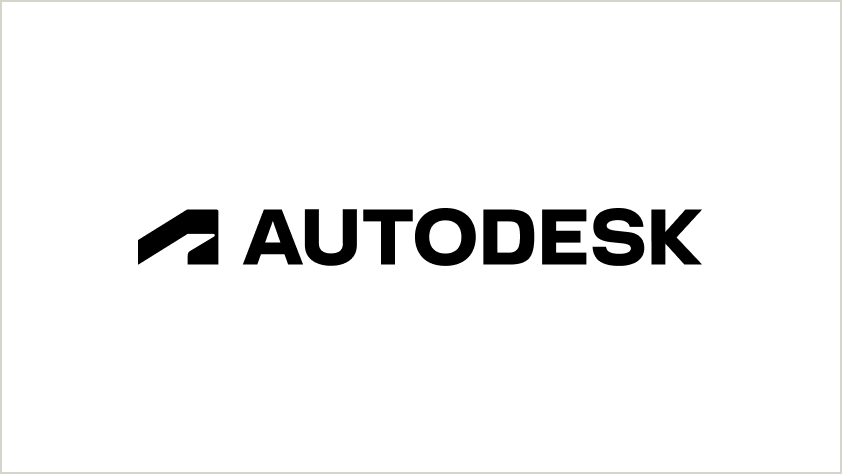
Autodesk Fusion Lifecycle: Complete Buyer's Guide
Cloud-native PLM solution for integrated CAD-PLM workflows
Autodesk Fusion Lifecycle positions itself as a cloud-native PLM solution designed to integrate seamlessly with Autodesk's design ecosystem, though its manufacturing focus may limit relevance for pure-play ecommerce retailers. The platform addresses core challenges including SKU proliferation management, supplier collaboration, and regulatory compliance documentation [40][45][53][56], but excels primarily in serving manufacturing-focused organizations rather than dedicated ecommerce businesses.
Market Position & Maturity
Market Standing
Autodesk Fusion Lifecycle competes primarily in the manufacturing PLM segment rather than pure ecommerce technology, positioning itself as part of Autodesk's broader design and manufacturing ecosystem [44][50].
Company Maturity
As part of Autodesk's established software portfolio, Fusion Lifecycle benefits from the parent company's market stability and continued platform investment [44][50].
Growth Trajectory
The platform targets mid-market manufacturers ($50M-$500M revenue) in consumer goods and medical devices as its optimal customer profile [49][53].
Industry Recognition
The platform's integration with Autodesk's established design ecosystem provides implicit industry validation through the parent company's market position.
Strategic Partnerships
The platform's pre-built connectors for Salesforce demonstrate strategic partnership development for CRM integration [45].
Longevity Assessment
Autodesk's established market presence and continued investment in the Fusion product line suggest strong long-term viability.
Proof of Capabilities
Customer Evidence
Documented implementations demonstrate Autodesk Fusion Lifecycle's effectiveness in specific manufacturing contexts. ME Global implemented the platform requiring 12 months with 10 FTEs, necessitating VPN replacement for global access and achieving potential improvements in ECO processing time [49][54]. Oxygen Development completed deployment in 6 months with 5 FTEs, documenting faster NPI cycles through automated BOM management and change control workflows [53].
Quantified Outcomes
Oxygen Development reported reduced product development cycles through automated workflows [53], while ME Global achieved potential ECO release time improvements through change management capabilities [49][54].
Case Study Analysis
Implementation patterns reveal significant complexity requiring substantial resource investment. SMB deployments typically demand 3-5 FTEs over 3-6 months, while enterprise implementations require 10-15 FTEs over 8-18 months [51][56].
Market Validation
Customer adoption concentrates among mid-market manufacturers rather than pure ecommerce retailers, suggesting the platform's value proposition aligns better with product development-intensive businesses [49][53].
Competitive Wins
The platform's native CAD-PLM integration provides advantages over standalone PLM systems requiring third-party integrations [43][45].
Reference Customers
Beyond ME Global and Oxygen Development, specific enterprise customer references are limited in the available research.
AI Technology
Independent evaluation reveals significant limitations in Autodesk Fusion Lifecycle's artificial intelligence capabilities, with many marketed 'AI features' representing rules-based automation rather than genuine machine learning [41][43].
Architecture
The platform operates on a cloud-native architecture that provides accessibility advantages for distributed teams, enabling real-time collaboration across design, engineering, and manufacturing teams [43][45].
Primary Competitors
Arena PLM, PTC FlexPLM, Siemens Teamcenter
Competitive Advantages
Native CAD-PLM integration with Autodesk's design ecosystem eliminates integration complexity required by standalone PLM systems [43][45]. Pre-built connectors for Salesforce provide CRM integration advantages over solutions requiring custom development [45].
Market Positioning
The platform competes primarily in the manufacturing PLM segment rather than pure ecommerce technology [44][50].
Win/Loss Scenarios
Autodesk Fusion Lifecycle wins when organizations have existing Autodesk ecosystem investments and significant design requirements [43][45]. The platform loses when businesses require rapid deployment timelines, ecommerce-specific functionality, or advanced IoT integration capabilities that specialized competitors provide more effectively [43][54][56].
Key Features

Pros & Cons
Use Cases
Integrations
Pricing
Featured In Articles
Comprehensive analysis of Product Lifecycle for Ecommerce for Ecommerce businesses and online retailers. Expert evaluation of features, pricing, and implementation.
How We Researched This Guide
About This Guide: This comprehensive analysis is based on extensive competitive intelligence and real-world implementation data from leading AI vendors. StayModern updates this guide quarterly to reflect market developments and vendor performance changes.
56+ verified sources per analysis including official documentation, customer reviews, analyst reports, and industry publications.
- • Vendor documentation & whitepapers
- • Customer testimonials & case studies
- • Third-party analyst assessments
- • Industry benchmarking reports
Standardized assessment framework across 8 key dimensions for objective comparison.
- • Technology capabilities & architecture
- • Market position & customer evidence
- • Implementation experience & support
- • Pricing value & competitive position
Research is refreshed every 90 days to capture market changes and new vendor capabilities.
- • New product releases & features
- • Market positioning changes
- • Customer feedback integration
- • Competitive landscape shifts
Every claim is source-linked with direct citations to original materials for verification.
- • Clickable citation links
- • Original source attribution
- • Date stamps for currency
- • Quality score validation
Analysis follows systematic research protocols with consistent evaluation frameworks.
- • Standardized assessment criteria
- • Multi-source verification process
- • Consistent evaluation methodology
- • Quality assurance protocols
Buyer-focused analysis with transparent methodology and factual accuracy commitment.
- • Objective comparative analysis
- • Transparent research methodology
- • Factual accuracy commitment
- • Continuous quality improvement
Quality Commitment: If you find any inaccuracies in our analysis on this page, please contact us at research@staymodern.ai. We're committed to maintaining the highest standards of research integrity and will investigate and correct any issues promptly.